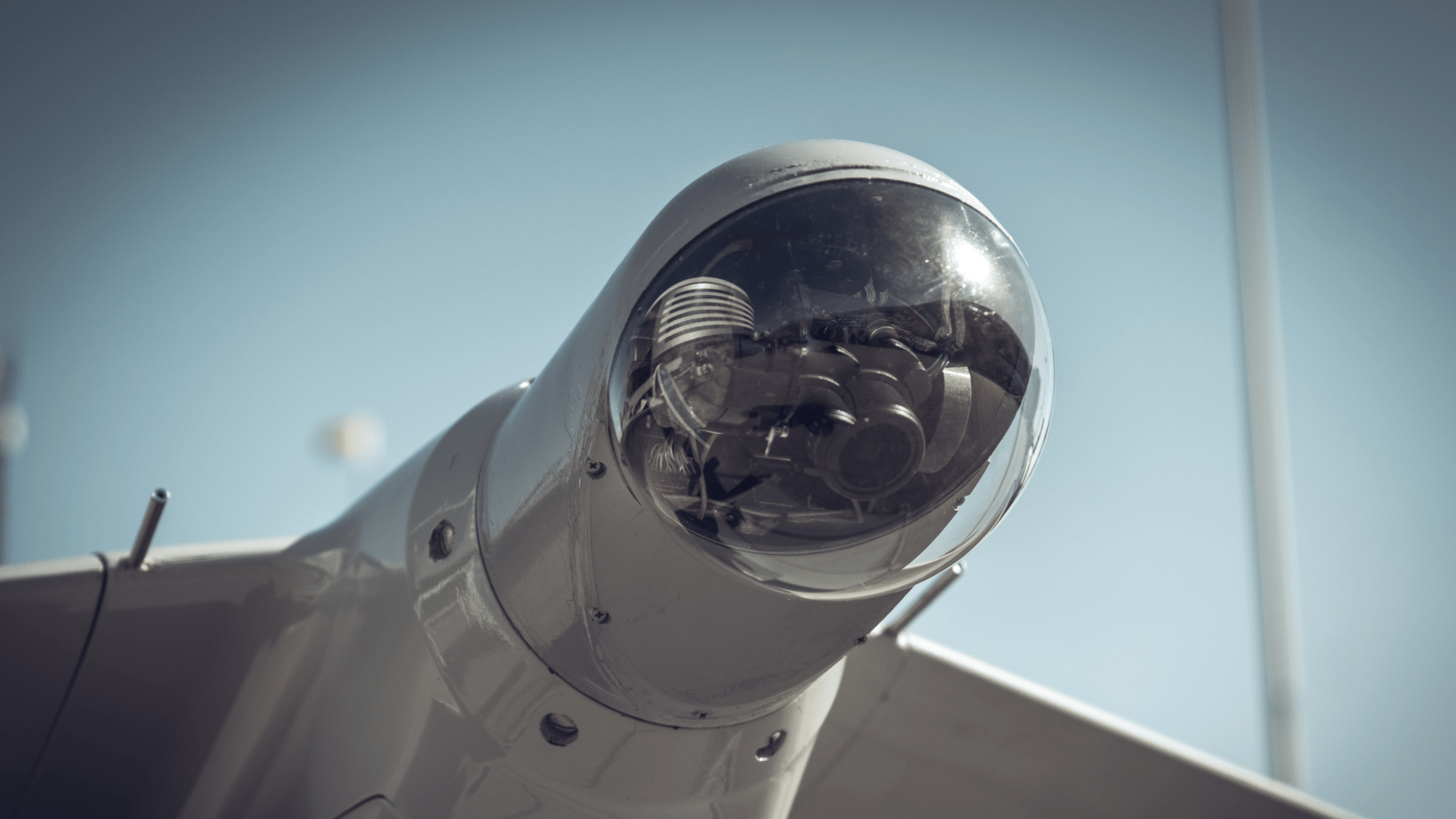
Glossary Definition
Airborne Early Warning (AEW): Enhancing Situational Awareness in the Skies
Airborne Early Warning (AEW) is a crucial component of modern military and civil aviation operations that involves using specially equipped aircraft to provide early detection, surveillance, and tracking capabilities. AEW aircraft are designed to enhance situational awareness and provide valuable intelligence to commanders and operators, enabling them to make informed decisions in real-time.
Key Features and Functions of Airborne Early Warning:
- Radar Systems: AEW aircraft are equipped with sophisticated radar systems that can scan large volumes of airspace, detecting and tracking airborne targets, such as aircraft, missiles, or drones, and surface targets like ships or vehicles.
- Heightened Elevation: AEW platforms operate at higher altitudes, providing an elevated vantage point that extends the radar’s coverage range and line of sight, making it possible to detect threats at greater distances.
- Communication Relay: AEW aircraft act as communication hubs, relaying information between ground-based command centers and other aircraft, enhancing coordination and data sharing among different units.
- Early Warning and Surveillance: AEW platforms offer early warning capabilities, alerting friendly forces about potential threats, allowing them to take appropriate defensive actions or adjust their operational plans.
- Battlespace Management: AEW aircraft contribute to overall battlespace management by monitoring and tracking the movement of enemy forces and providing real-time intelligence to military commanders.
- Electronic Warfare Support: Some AEW aircraft are equipped with electronic support measures (ESM) systems, which can detect and analyze electronic emissions from enemy radars and communication systems.
AEW Platforms and Examples:
- E-3 Sentry (AWACS): The E-3 Sentry, also known as AWACS (Airborne Warning and Control System), is one of the most well-known AEW aircraft. It features a large rotating radar dome on top of the fuselage and has been widely used by various air forces worldwide.
- E-2 Hawkeye: The E-2 Hawkeye is another prominent AEW platform used primarily by the U.S. Navy and other naval forces. It utilizes a radar rotodome mounted on the upper fuselage.
- Saab 340 AEW&C: The Saab 340 AEW&C (Airborne Early Warning & Control) is a smaller AEW aircraft that provides similar capabilities in a more compact package.
Benefits of Airborne Early Warning:
- Surveillance Coverage: AEW aircraft offer a broad and continuous surveillance coverage, detecting threats that might be beyond the reach of ground-based radars.
- Rapid Response: Being airborne allows AEW platforms to quickly respond to emerging situations and rapidly deploy to different areas as needed.
- Force Multiplier: AEW aircraft act as force multipliers, significantly enhancing the capabilities and effectiveness of other assets, such as fighter aircraft and ground-based air defense systems.
Fun Fact about AEW:
- The concept of Airborne Early Warning has its roots in World War II when ground-based radars were placed on aircraft to provide advanced warning of approaching enemy aircraft.
In conclusion, Airborne Early Warning (AEW) plays a pivotal role in modern aviation, providing critical early detection, surveillance, and coordination capabilities. These aircraft significantly enhance situational awareness and decision-making in military and civil scenarios, making them indispensable assets for effective command and control operations in the skies.


